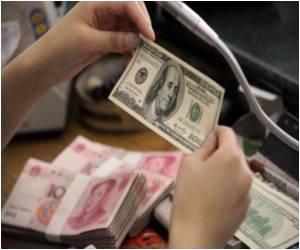The cash register receipts has led to the contamination of paper money with bisphenol A (BPA).

The scientists' analysis of 156 pieces of paper money from 21 countries found that all contained traces of BPA. The report notes, however, that "estimated daily intake from paper currencies were 10-fold lower than those reported from exposures due to [indoor] dust ingestion in the United States." The highest BPA levels were in paper money from Brazil, the Czech Republic and Australia, while the lowest occurred in paper money from the Philippines, Thailand, and Vietnam. Levels in U.S. notes were about average.
Kannan and Liao also found that the most likely source of the BPA in the currency is the thermal paper used in cash register receipts. They showed that receipts can transfer BPA onto cash when placed next to it or when a receipt is touched before handling currency. "Although high levels of BPA were measured in paper currencies, human exposure through dermal [skin] absorption appears to be minor," the article notes.
Source-Eurekalert









